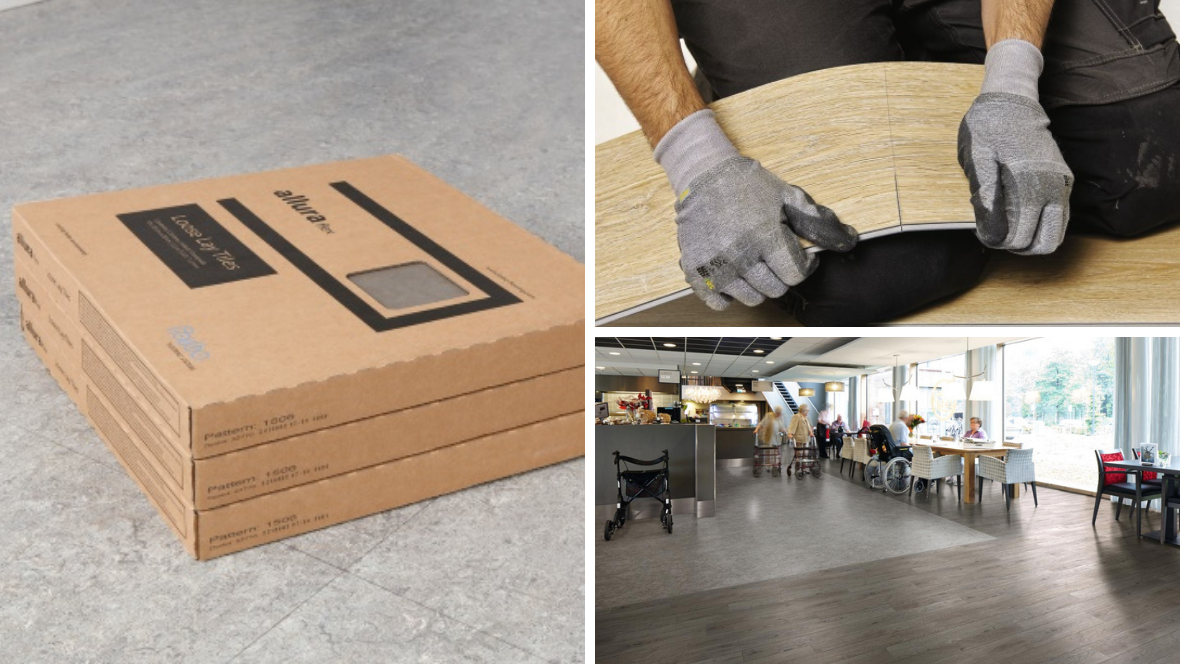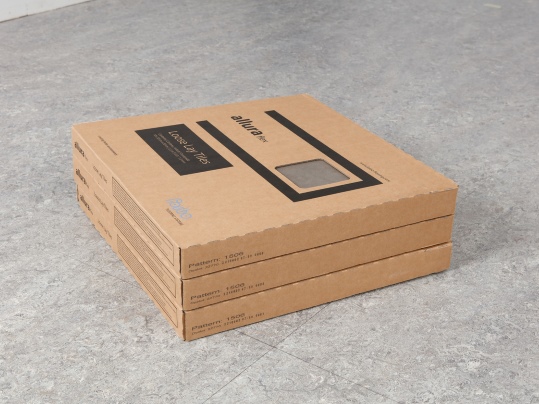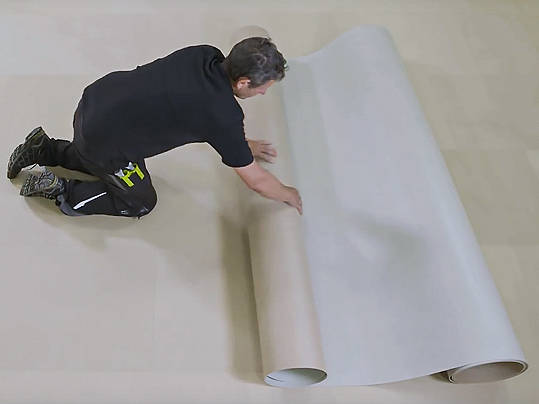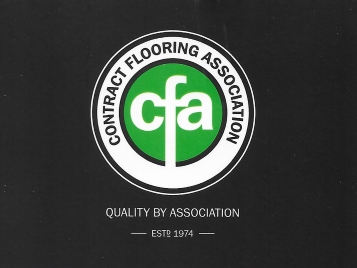The Critical Role of Acclimatisation
Technical Talk Series with Craig Thornhill, Technical Services Manager

As a CFA representative on the BSI Committee for textile flooring (BS 5325), it is interesting but not surprising that this and BS8203 (resilient flooring) both share the same or similar standard requirements when fitting fully bonded flooring. These include some basic but essential elements:
• Subfloor preparation
• Moisture level of substrates
• Acclimatisation of flooring before fitting
• Minimum temperature to install
• Allowing adhesives to cure or set
My day time job is of course Head of Technical Sales and Support for Forbo Flooring UK Limited and in that role I too often see one or more of those basic elements overlooked.
I appreciate that site conditions and unhelpful site agents sometimes make it difficult, but I would like to use my blog this month to focus on one that I feel simply gets ignored and perhaps even treated as unimportant - Acclimatisation.

Acclimatisation is best likened to one of those school reports where the teacher says the pupil ‘must do better’. We need to improve our adherence to and appreciation of the critical role of acclimatisation in ensuring flooring is ‘fit to be installed’.
So, you say, “the recommended temperature band for fitting is between 18 and 27 degrees Celsius and yet we are asked to fit at 15 degrees or less with material that has been stored in cold conditions”.
But we all know that unrolling a cold roll of sheet vinyl is best described as trying to unwind the main spring in a clock. No matter how much you try to get it to lay flat, the more it just wants to roll right back up again!
Now I know we are a ‘just in time’ generation but taking any flooring that has been stored in a cold warehouse for several weeks, transported in a cold truck and then delivered to a cold site to be installed is likely to entertain problems as it is not in a fit state to be fitted.
Acclimatisation takes time and it means just that – allowing a product, including adhesive, to condition to fully take on the required fitting temperature. To be clear, it is essential that the laying area is at a steady temperature of 18 to 27oC for 48 hours prior to, during, and for 24 hours after installation. The material and adhesive should be conditioned in the same environment for at least 24 hours prior to the installation.
Where the floorcoverings have been stored or transported immediately prior to delivery in temperatures below 10oC the acclimatisation period should be extended to 48 hours.

Installing sheet Marmoleum

Installing Allura Click LVT
So, correct site and product temperature really does go hand in hand with acclimatisation – get these right and together they will allow the flooring to relax and take up its correct size (many products will contract when cold and expand when warm). Failure to do so may end up in failure of the floor installation.
We have come a very long way in adhesive technology – I remember my entry into the flooring trade coincided with the end days of the old bitumen adhesive and ‘crunchy vinyl tiles’ – both products had to be heated up to stand any chance of fitting them!
But importantly adhesives need time to cure or set before being subjected to heavy traffic. Allowing a fully adhered floor to settle for 24 to 48 hours after installation is both necessary and prudent to avoid any failure or claims later.
So why mention such essential basics? Mainly because we are seeing more instances of these not being in place with flooring contractors pressured to compromise installation procedures contrary to recognised British Standard, CFA Guidelines and manufacturer’s instructions. Floor failures are expensive to correct and end up being ‘messy’ in both retro fitting and frayed relationships, let alone the cost and wasted time involved.
BS8203:2017 for resilient flooring provides a more robust and complete guide to the installation of resilient flooring. It does contain very useful information on required standards for subfloor preparation, moisture level of substrates, acclimatisation of flooring before fitting, minimum temperature to install and allowing adhesives to cure or set. This can and should be used by flooring contractors to counter any ‘variations’ or ‘deviations’ from standard fitting practise and this information is mirrored in most manufacturers installation guidelines.
In summary, the appearance, performance and durability of the installed floorcovering will be determined to a large extent by the quality of the prepared subfloor and the conditions in which they are laid.
The CFA is actively involved in supporting the production of British Standards for flooring with representatives on both BS8203 and BS5325. This work is done on a voluntary basis by manufacturer and supplier representatives and carried out to ensure the most comprehensive guidance and support is available for the flooring industry. The same applies to the CFA Guide to Contract Flooring and update CFA Guidance Notes (usually issued between British Standard revisions) which are great downloadable resources available free online: Click here for more information
